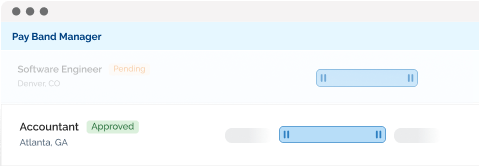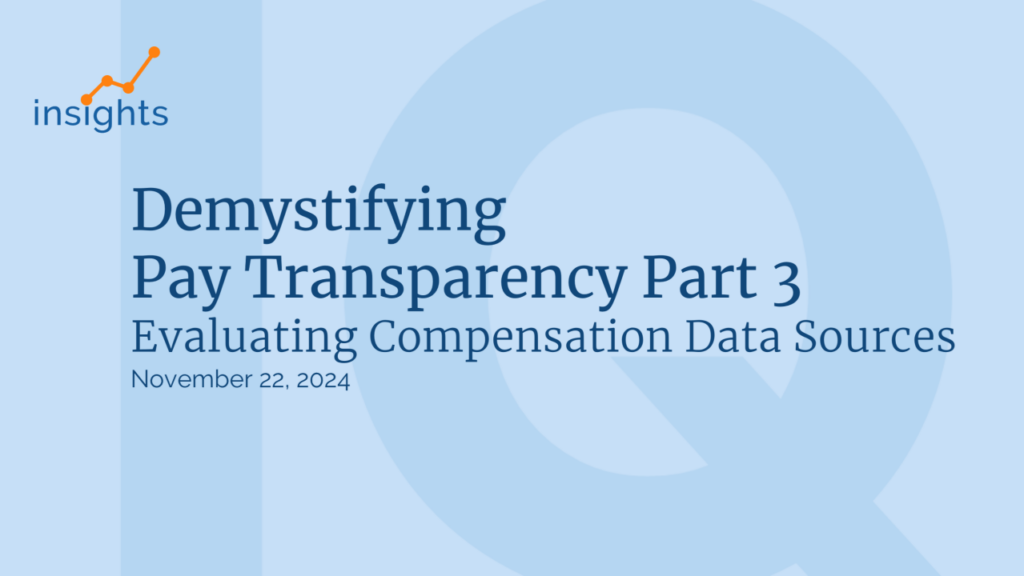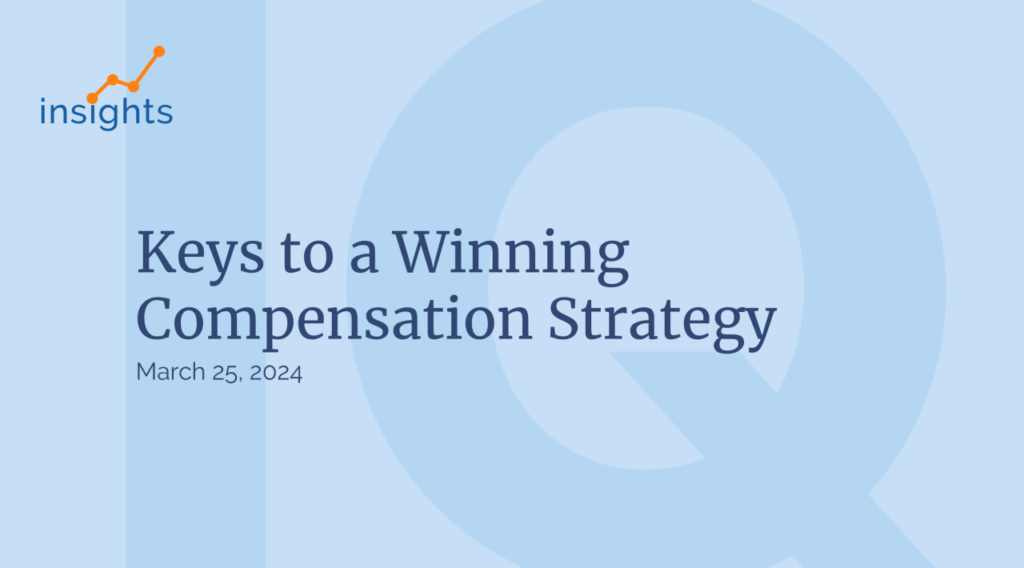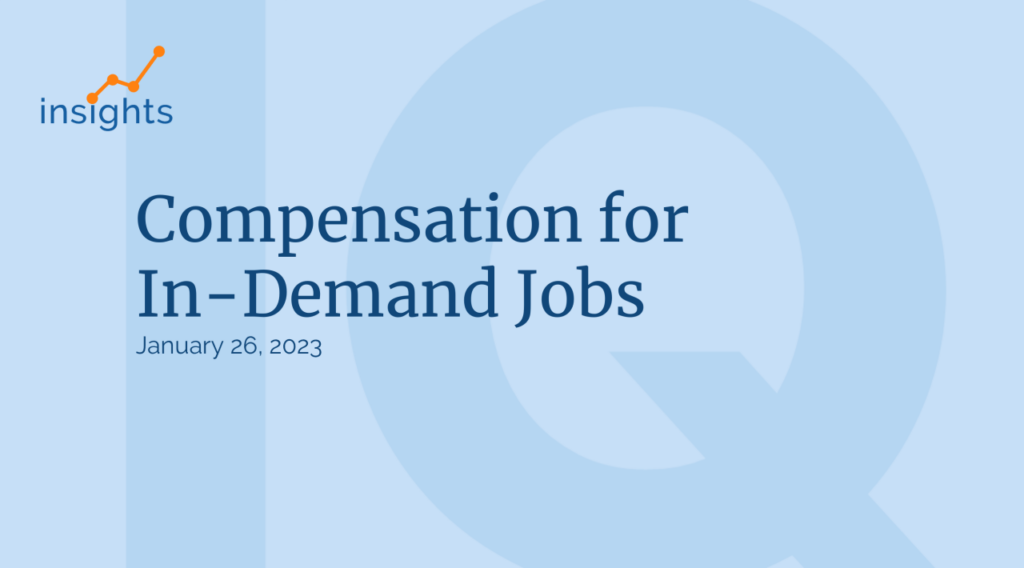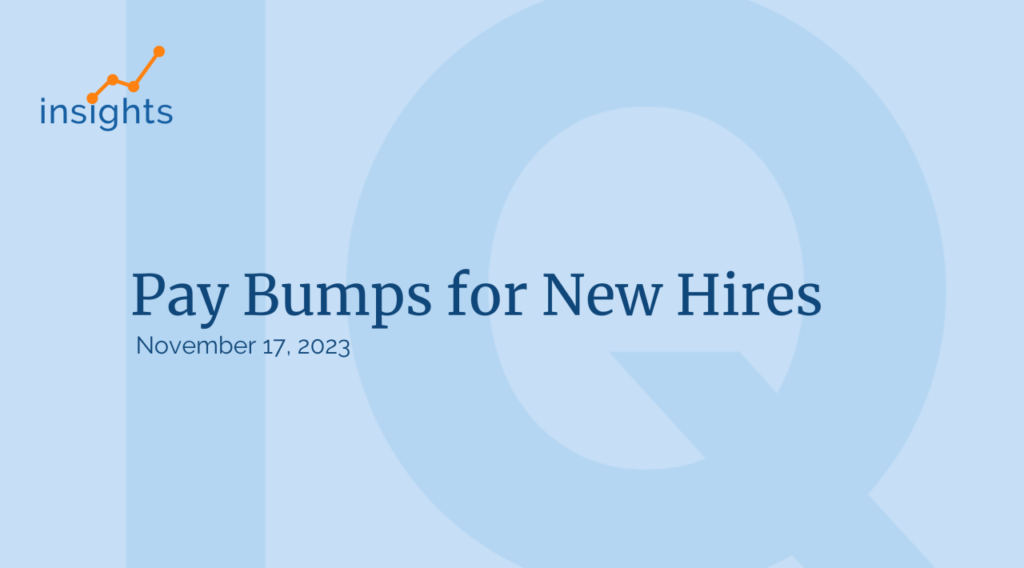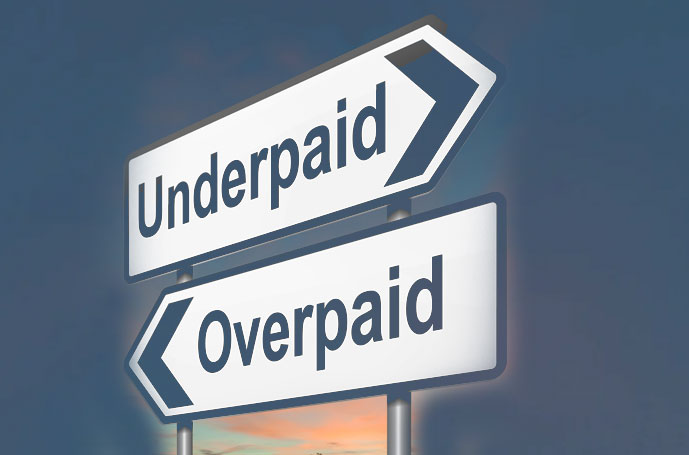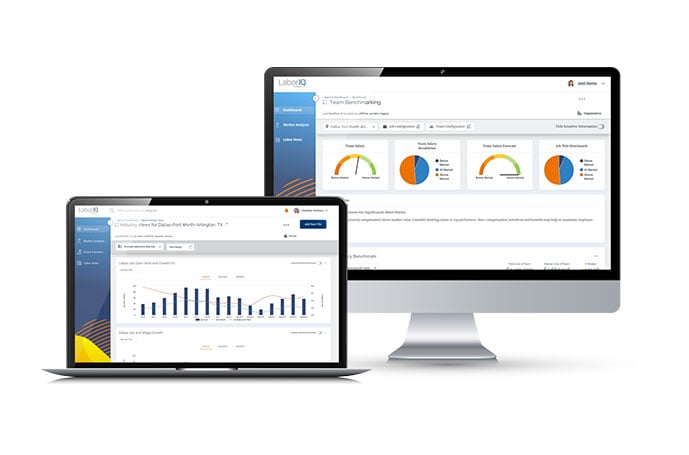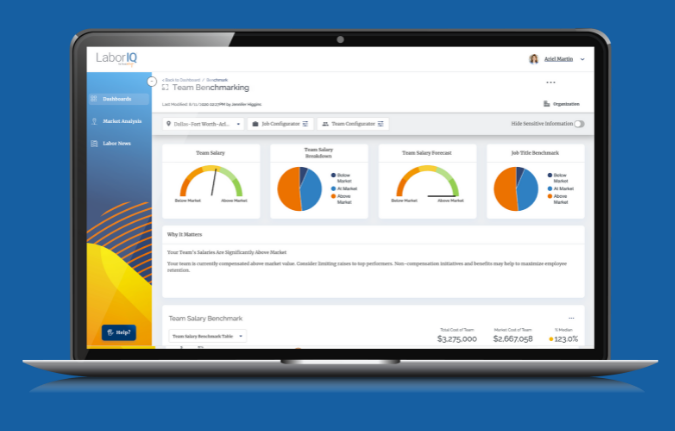With the current U.S. unemployment rate at 3.6%, it’s safe to say that the labor market remains tight. As a result, candidates are looking more closely than ever at how fairly they’re compensated. Needless to say, this makes strategic compensation planning even more imperative for getting ahead of your competitors.
Compensation planning doesn’t only involve salaries. It also extends to benefits packages, pay transparency and concrete pay structures so that employees have the confidence that they’re being paid fairly.
With that said, below is a step-by-step guide to the compensation planning process.
But first:
What is Strategic Compensation Planning?
Strategic compensation planning refers to the process of developing your entire compensation strategy. This should include a clear salary structure outlining wages, benefits and other employee incentives. Your salary structure should also outline pay ranges for specific job roles as well as the criteria to determine the employee’s rate of pay. For instance, education, experience, job responsibilities, etc.
At this point, it’s worth noting that since the pandemic, we’ve seen an increase in compensation packages that lean more on benefits. For example, offering employees mental health-related benefits and assistance in setting up home offices has become increasingly popular.
The bottom line: Traditional pay is far from the only factor worth considering when it comes to compensation planning to attract top talent.
So, now that we’ve covered the basics, here’s our step-by-step guide to kickstarting your compensation planning process:
1. Define Your Objectives
There are several ways a compensation plan could benefit your business. So, to focus your research efforts, it’s worth defining why you’re constructing a compensation plan in the first place.
For example, you may wish to:
- Audit your company’s current compensation structure to uncover any pay inequality and bias.
- Establish clearer career progression for your staff so that you can better define how they can earn promotions.
- Check if you’re paying above or below the market average so that you can adjust your salary offers accordingly.
- Prepare compensation packages to promote in your job postings.
These are just a few examples to help illustrate the kinds of objectives you could set…
2. Create a Compensation Philosophy
Your compensation philosophy determines how much you want to compete based on salary.
Do you aim to offer high pay to stand out from the competition? Perhaps you want to do that but can’t afford to pay above the market average. In this case, what else can you offer to make working for your company more attractive? Your compensation philosophy may hinge on providing a good benefits package, a more desirable work-life balance and/or fostering a supportive workplace culture.
Either way, consider your company’s compensation philosophy and use it to guide your compensation decisions.
3. Conduct Industry/Market Research
When it comes to compensation planning, conducting industry research will demand the bulk of your time because you need to understand the salary offers in your market to remain competitive.
There are two ways you can complete market compensation research:
- Manually visiting resources like LinkedIn Salary, Glassdoor, the U.S. Bureau of Labor Statistics, etc. These sites present information on competitors’ job postings and average pay ranges. You can then formulate this data in a separate spreadsheet and try to pinpoint trends and determine a benchmark.
Or . . .
- Rely on compensation planning software. Compensation planning software can provide insight into talent supply, which drives salary demands. Quick, easy salary searches with easy job customization have become the requirement for setting pay ranges. Comparing jobs across industries and markets will give you a holistic approach to current and future compensation strategies.
4. Analyze Internal Compensation Data
Next, it’s time to turn your attention inward by gathering data on your current compensation structure. This includes employees’ salary data and information about their responsibilities, seniority and qualifications. You may have a tool in your tech stack that already organizes this data for you. If not, you’ll need to arrange this information in a spreadsheet and conduct these comparisons manually.
While analyzing internal salary data, you may also wish to conduct a pay equity analysis to establish whether everyone performing the same job is paid equally. Unfortunately, discrepancies occur all too easily. Say, for example, you hired someone recently for the same job as another employee but offered them a higher salary to attract them. To keep things fair and to avoid employee discontent, it’s wise to ensure you present your current staff with the same wages.
5. Start Defining Salary Ranges and Create a Job Hierarchy and Grades of Seniority
Between your existing salary data and market research data, you should be able to start seeing trends. Then, with this information, decide on a median salary for specific job roles. Next, with that figure in mind, establish how much you might pay at the higher end of any given position. At this point, it’s a good idea to rank which job titles deserve the highest compensation based on how vital they are to your business and how much responsibility they require.
Likewise, you need to nail down your starting salary for employees with less experience.
Then, once you’ve determined a clear hierarchy, establish seniority grades so that there’s a salary range within each job role. For instance, employees with less experience and fewer responsibilities might fall on the lower end of that scale. Conversely, those with better credentials and more experience should be rewarded with higher compensation.
Establishing these grades will help you decide when promotions and salary increases are due. It will also serve to streamline performance reviews and make it more clear to employees what they need to do to progress in your company.
6. Develop a Communication Plan
Don’t keep this information to yourself now that you have a compensation structure. Instead, develop a plan to communicate the reasoning behind your pay decisions to your employees.
Transparency ensures employees know they’re being paid fairly, significantly increasing job satisfaction. On top of that, communicating your compensation structure can motivate employees to be more productive as they work toward objectives that will earn them a higher pay grade.
7. Monitor and Adjust
Compensation trends are frequently changing, so it’s not uncommon for new hires to come in at a different salary than an existing employee. Of course, this can throw your current compensation structure entirely off course.
That’s why you should perform regular compensation analysis to maintain your company’s pay equity. It’s also wise to keep an eye on the average market rates to ensure you’re still offering competitive compensation packages. These controls and checks will help to avoid employees seeking better opportunities elsewhere.
Streamline Your Compensation Planning with Compensation Planning Software
The bottom line: conducting regular compensation analysis is vital for ensuring your compensation plan is accurate, effective and fair. However, when done manually, this is a painstaking and time-consuming process.








